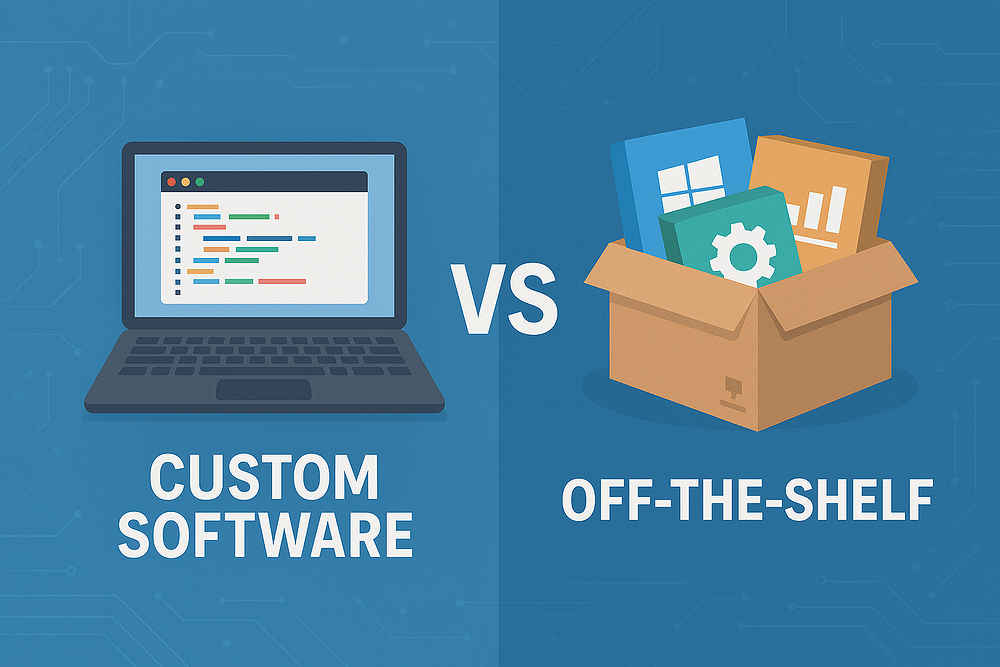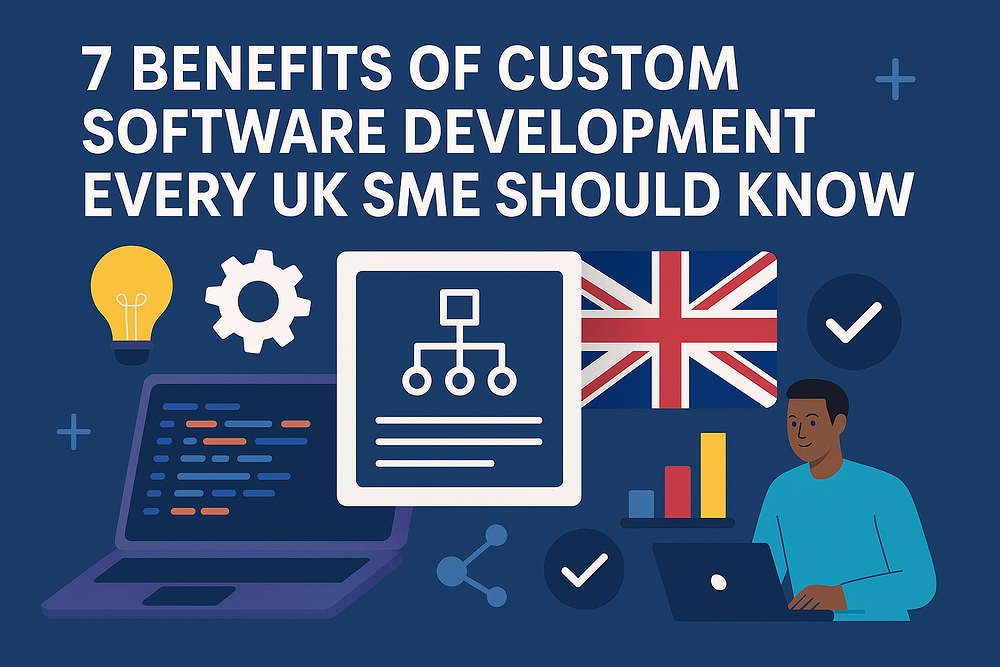Real-Time Features That Transform User Experience in Modern Web Applications

In today's fast-paced digital world, users expect web applications to be responsive, dynamic, and engaging. Real-time features have become a cornerstone of modern web applications, transforming user experiences from passive browsing to interactive engagement. At AppCoder, we've seen firsthand how implementing these capabilities can revolutionise how businesses connect with their customers and streamline their operations.
What Makes a Feature "Real-Time"?
Real-time functionality allows users to see updates, receive notifications, or interact with content without refreshing their browser. Think of it as the difference between watching live television versus recorded content—real-time features create a sense of immediacy and connection that traditional web applications simply cannot match.
Game-Changing Real-Time Features for Modern Web Applications
1. Live Collaboration Tools
Remember when collaborating on documents meant sending files back and forth via email? Those days are thankfully behind us. Modern web applications now enable multiple users to work simultaneously on the same document, spreadsheet, or project board.
Business Impact: Teams can work more efficiently with reduced version control issues. Projects move forward faster as feedback and revisions happen instantly rather than through time-consuming communication cycles.
Example: A marketing team can collaboratively edit campaign materials in real-time, with each member seeing others' changes as they happen, dramatically reducing the time from concept to completion.
2. Real-Time Chat and Support
Live chat functionality has transformed customer service by providing immediate assistance exactly when users need it. But today's real-time communication goes well beyond basic text chatting.
Business Impact: Improved customer satisfaction through immediate support, increased conversion rates, and reduced support costs compared to phone-based systems.
Example: An e-commerce site can offer contextual assistance based on browsing behaviour, with agents able to see exactly what page the customer is viewing and any actions they've taken, allowing for more relevant and helpful guidance.
3. Instant Notifications and Alerts
Keeping users informed about relevant events or updates creates a more engaging and valuable experience. These notifications can be triggered by system events, user actions, or time-based conditions.
Business Impact: Increased user engagement, improved retention, and opportunities for timely upselling or cross-selling.
Example: A banking application can instantly alert customers to unusual account activity, allowing for immediate action if the transaction wasn't authorised.
4. Live Data Visualisation and Dashboards
Static reports are being replaced by dynamic dashboards that update in real-time as new data becomes available. This transforms data consumption from a periodic review to an ongoing awareness.
Business Impact: Better decision-making through immediate access to current information, improved operational efficiency, and the ability to quickly identify and respond to trends or issues.
Example: A retail management system showing sales, inventory levels, and staff performance metrics updating throughout the day, enabling managers to make informed decisions about resource allocation.
5. Social Integration and Activity Feeds
Social-inspired features like activity feeds, real-time comments, and instant reactions have become expected elements in many business applications.
Business Impact: Enhanced user engagement, increased time spent on platform, and organic growth through social sharing.
Example: A project management tool displaying a feed of recent activities across projects, allowing team members to stay informed about progress without constant meetings or status reports.
6. Progressive Web Applications (PWAs) with Offline Capabilities
While not strictly "real-time," modern PWAs combine real-time features with offline functionality, creating seamless experiences regardless of connection status.
Business Impact: Improved user experience, particularly for mobile users with intermittent connectivity, and reduced frustration during network interruptions.
Example: A field service application that allows technicians to continue logging information during site visits with limited connectivity, then synchronises data when a connection is re-established.
Technical Considerations for Implementing Real-Time Features
While the benefits of real-time features are clear, implementing them requires careful planning and technical expertise. Here are some key considerations:
Scalability Challenges
Real-time features can place significant demands on server resources, particularly as user numbers grow. Applications need to be architected with scalability in mind from the beginning.
Data Synchronisation
Ensuring all users see the same information at the same time requires sophisticated data synchronisation methods and conflict resolution strategies.
Security Implications
Real-time connections create new security considerations that must be addressed to protect sensitive data and prevent unauthorised access.
Performance Optimisation
Real-time features must be implemented efficiently to avoid negative impacts on application performance or excessive bandwidth usage.
The Future of Real-Time Web Applications
As technology continues to evolve, we're seeing exciting new possibilities for real-time web applications:
AI-Enhanced Real-Time Interactions
Artificial intelligence is being integrated with real-time features to create more intelligent, predictive experiences. AI can analyse user behaviour in real-time and provide personalised recommendations or automated assistance.
Extended Reality (XR) Experiences
As browser technology advances, we're seeing more web applications incorporating elements of augmented and virtual reality in real-time, opening new possibilities for product visualisation, training, and customer engagement.
Edge Computing Integration
By processing data closer to users, edge computing is enabling even faster real-time experiences with reduced latency—critical for applications where milliseconds matter.
Is Your Business Ready for Real-Time?
For businesses considering enhancing their web applications with real-time features, it's important to:
- Identify the highest-value use cases specific to your business and customers
- Start with focused implementations rather than trying to make everything real-time at once
- Consider technical requirements including infrastructure, bandwidth, and development expertise
- Measure the impact on user engagement and business outcomes after implementation
Conclusion
Real-time features have transformed web applications from static information repositories to dynamic, engaging platforms. For businesses looking to enhance customer engagement, improve operational efficiency, or create competitive differentiation, strategically implemented real-time functionality offers tremendous opportunities.
At AppCoder, we specialise in helping UK businesses identify and implement the right real-time features for their specific needs. Whether you're looking to enhance an existing web application or build something entirely new, our team has the expertise to help you navigate the technical complexities while keeping focused on delivering tangible business value.
The most successful implementations happen when technical possibilities align with genuine user needs. By focusing on how real-time features can solve actual problems for your users, you can create web applications that don't just keep up with expectations but exceed them, creating memorable experiences that keep users coming back.
Talk to us about your next project
Our team of experts is ready to help bring your ideas to life with solutions tailored to your business.
Get in Touch

